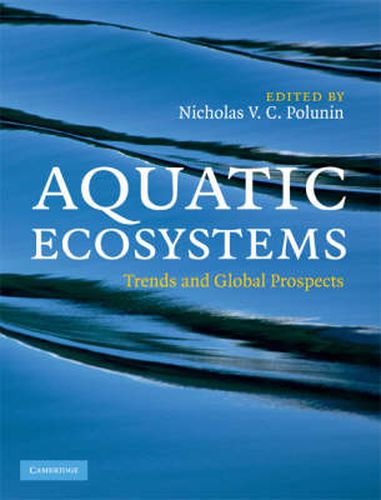Readings Newsletter
Become a Readings Member to make your shopping experience even easier.
Sign in or sign up for free!
You’re not far away from qualifying for FREE standard shipping within Australia
You’ve qualified for FREE standard shipping within Australia
The cart is loading…






Concern about future supplies of fresh water to society, to meet the full range of human needs, now comes very high on the priority list of global societal issues. An overarching issue, which this book addresses, is whether global climate change is a dominant driver of change in the structure and function of all natural water-based ecosystems, or whether direct human population growth and accelerated consumption are playing an equal or greater role. This book divides the whole aquatic realm into 21 ecosystems, from those on land (both saline and fresh water) to those of the open and deep oceans. It draws on the understanding of leading ecologists to summarize the state and likely condition by the year 2025 of each of the ecosystems. Written for academic researchers and environmental professionals, the aim is to put the climate change debate into a broader context as a basis for conservation science and planning.
$9.00 standard shipping within Australia
FREE standard shipping within Australia for orders over $100.00
Express & International shipping calculated at checkout
Concern about future supplies of fresh water to society, to meet the full range of human needs, now comes very high on the priority list of global societal issues. An overarching issue, which this book addresses, is whether global climate change is a dominant driver of change in the structure and function of all natural water-based ecosystems, or whether direct human population growth and accelerated consumption are playing an equal or greater role. This book divides the whole aquatic realm into 21 ecosystems, from those on land (both saline and fresh water) to those of the open and deep oceans. It draws on the understanding of leading ecologists to summarize the state and likely condition by the year 2025 of each of the ecosystems. Written for academic researchers and environmental professionals, the aim is to put the climate change debate into a broader context as a basis for conservation science and planning.